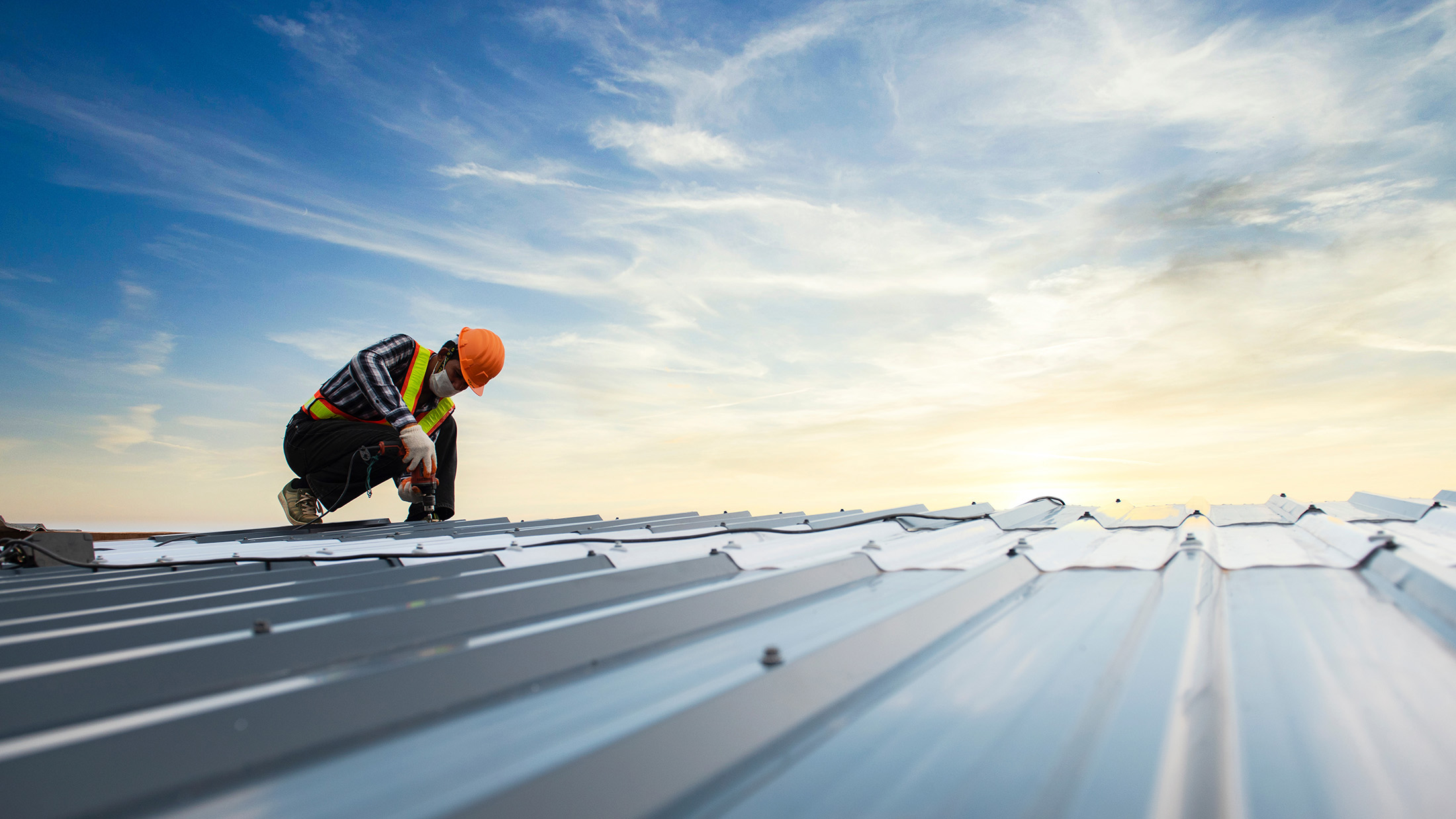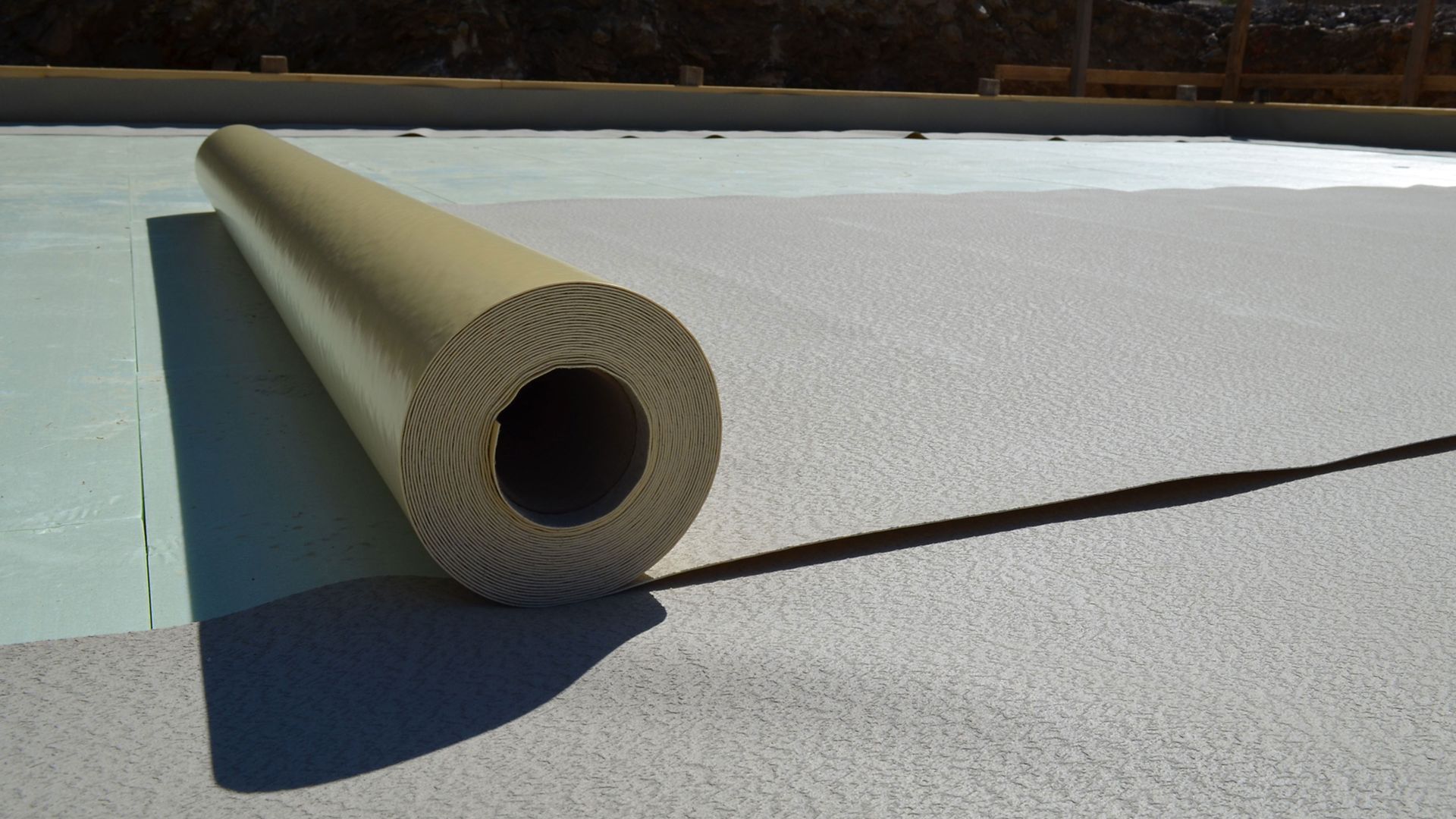The Do’s and Don’ts of Sump pump discharge drainage Omaha for Residential Properties
How Waterproofing Works: A Thorough Check Out Techniques and Technologies
Waterproofing is important for protecting structures from moisture-related damages. It includes numerous techniques and technologies that create barriers versus water intrusion. Conventional techniques, such as compacted clay, exist side-by-side with modern advancements like liquid-applied membrane layers. Comprehending the nuances of these methods is vital for effective application. The performance of any kind of waterproofing option hinges not just on the techniques utilized however additionally on continuous maintenance and assessment. What are the essential variables that influence long-term efficiency?
Understanding the Basics of Waterproofing
Waterproofing is an important procedure that secures frameworks from water intrusion, which can result in considerable damages in time. This technique involves the application of numerous materials and strategies designed to create a barrier against moisture. The primary goal is to stop water from permeating surface areas, which can create degeneration, mold and mildew development, and structural instability.Various factors affect the option of waterproofing method, consisting of the sort of structure, its location, and ecological problems. Comprehending the physics of water activity and the properties of various materials is crucial in choosing an effective waterproofing solution.Effective waterproofing not only safeguards buildings but likewise improves their longevity and stability. Commonly, it is incorporated right into the style phase of building to ensure extensive security. As recognition of water-related problems grows, the importance of understanding waterproofing principles becomes progressively clear to architects, building contractors, and property owners alike.
Conventional Waterproofing Methods
Typical waterproofing methods have been made use of for centuries, relying on time-tested methods and products to secure structures from water damages. One of the oldest techniques entails making use of clay, which, when compacted, creates an all-natural obstacle against moisture. Furthermore, asphalt, a sticky, black material originated from oil, has been employed for its waterproof properties, usually put on roof coverings and foundations.Another strategy entails the application of lime-based plasters, which offer a breathable layer that enables dampness to run away while stopping water ingress. Thatch roof covering, a traditional method still seen in some cultures, supplies exceptional waterproofing because of its firmly packed straw layers.Moreover, using stone and block has projected, as these materials are naturally resistant to water when properly installed. Overall, conventional waterproofing methods stress the value of picking suitable products and building and construction techniques to enhance sturdiness versus water invasion.
Modern Waterproofing Technologies
Innovations in modern-day waterproofing technologies have transformed the means structures are secured from water damage. Ingenious approaches such as liquid-applied membrane layers and innovative sealers have actually improved the effectiveness and flexibility of waterproofing solutions. These modern technologies enable for seamless application, minimizing the threat of leakages and guaranteeing thorough coverage over intricate surfaces.Moreover, the integration of wise innovations, such as wetness sensors and automated tracking systems, allows real-time assessment of waterproofing efficiency. This aggressive strategy facilitates timely maintenance and decreases long-term repair work costs.Additionally, developments in spray-applied layers offer quick application and exceptional attachment, adapting to numerous substratums while giving durable protection. Methods like polymer-modified systems even more boost versatility and resilience, making them appropriate for varied environments. On the whole, modern waterproofing technologies not just reduce water intrusion but additionally add to the durability and sustainability of frameworks, marking a substantial shift in the market.
Materials Made Use Of in Waterproofing
The effectiveness of waterproofing remedies greatly counts on the materials utilized in their application. Numerous products are used to produce obstacles versus water access, each with one-of-a-kind homes fit for various settings. Commonly made use of products consist of membranes, finishes, and sealants.Liquid-applied membranes, commonly made from polyurethane or acrylic, form a smooth obstacle that adapts to complicated surfaces. Sheet membrane layers, normally built from rubber or thermoplastic, offer longevity and are perfect for bigger areas. Additionally, cementitious waterproofing products, composed of cementitious substances, supply outstanding adhesion and flexibility.Sealants made from silicone or polyurethane are crucial for joints and seams, ensuring complete security. Sophisticated materials, such as geo-composite membrane layers, integrate several features, improving performance. In general, the choice of waterproofing materials is essential in achieving lasting and effective water resistance, tailored to details task needs and environmental conditions.
Typical Applications of Waterproofing
Waterproofing plays a crucial role in different markets, making certain the long life and stability of structures. Usual applications consist of property solutions that protect homes, business infrastructure that safeguards companies, and commercial settings that call for durable security against dampness. Understanding these applications highlights the relevance of waterproofing in maintaining both security and performance across various environments.
Residential Waterproofing Solutions
Numerous homeowners encounter challenges with dampness invasion, making effective property waterproofing options essential. Numerous methods exist to resolve this concern, consisting of inside and exterior waterproofing systems. Interior solutions commonly involve the application of sealants and layers to cellar walls, which aid protect against water seepage. Outside methods generally include the installation of water drainage systems and water-proof membranes that divert water away from the foundation.Additionally, house owners might consider sump pumps to eliminate water accumulation and dehumidifiers to manage humidity levels. Correct grading and making use of rain gutters likewise play an essential duty in managing water circulation around the home. By applying these techniques, property owners can greatly lower the threat of water damage and mold growth, ensuring a completely dry and safe living environment.

Industrial Facilities Security
Effective waterproofing solutions play a crucial role in the protection of business facilities. French drain installation Omaha. These techniques are crucial for protecting structures, auto parking frameworks, and bridges from water damages, which can endanger structural honesty and bring about expensive fixings. Typical applications consist of the installment of membranes, coverings, and sealers that develop obstacles against dampness infiltration. Locations such this website as cellars, roofings, and outside walls are usually prioritized to assure long life and toughness. Furthermore, waterproofing systems can enhance power effectiveness by preventing water-related concerns that might bring about mold and mildew growth and degeneration. By applying durable waterproofing actions, residential or commercial property owners can protect their investments and maintain operational efficiency, eventually adding to the general sustainability of business centers
Industrial Applications Review
While numerous sectors deal with one-of-a-kind obstacles, the demand for reliable waterproofing remedies remains a consistent in commercial applications. Industries such as production, construction, and energy often experience settings where moisture direct exposure can threaten architectural stability and operational efficiency. In manufacturing centers, waterproofing is essential for shielding equipment and products from water damages. In building and construction, it safeguards foundations Full Report and basements versus groundwater seepage. The energy industry relies upon waterproofing for the security of tools in hydroelectric plants and offshore frameworks. Furthermore, food processing industries utilize waterproofing to ensure hygiene and compliance with security criteria. Generally, efficient waterproofing solutions are crucial for boosting longevity, safety, and performance throughout different commercial setups.
Upkeep and Long Life of Waterproofing Solutions
Waterproofing options are created to provide long-term protection against wetness breach, routine maintenance is essential to guarantee their effectiveness and durability. Regular evaluations play a considerable duty in recognizing possible issues such as splits, peeling off, or signs of water damages. Addressing these troubles immediately can protect against more wear and tear and expensive repairs.Additionally, cleansing the surface area of waterproof locations aids get rid of dirt and debris that might jeopardize the honesty of the waterproofing barrier. It's additionally recommended to reapply protective layers or sealers as recommended by suppliers to preserve perfect performance. Ecological factors, such as UV direct exposure and extreme climate conditions, can influence the lifespan of waterproofing materials, making routine analysis essential
Regularly Asked Inquiries
Can Waterproofing Be Applied in Cold Climate?
The concern of applying waterproofing in chilly weather raises problems concerning bond and treating. Several items may not do at their finest in reduced temperature levels, demanding careful option and factor to consider of details guidelines for reliable application.
Just How Lengthy Does Waterproofing Typically Last?
The duration of waterproofing performance differs based on materials and environmental aspects. Generally, it can last from five to ten years, however regular maintenance and assessments are important to ensure peak performance and longevity.
Is DIY Waterproofing Effective and Safe?
The performance and safety and security of do it yourself waterproofing rely on different elements, consisting of worldly high quality and application technique. While some people accomplish satisfying results, others may experience problems that endanger lasting security and architectural integrity.
What Are the Indicators of Failing Waterproofing?
Indicators of stopping working waterproofing consist of visible water stains, peeling paint, mold development, musty site web smells, and moisture in wall surfaces or ceilings - Basement waterproofing Omaha. These indications recommend jeopardized barriers, demanding prompt inspection and possible remediation to stop additional damages
How Do I Select the Right Waterproofing Specialist?
